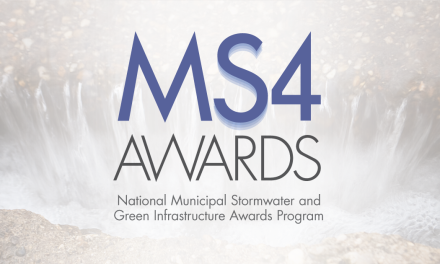Mobile applications, online tools, and interactive maps are being used more and more as a useful way to display data in a user- friendly way and, in some cases, even to collect information. Here are some examples of recently released maps and apps. The U.S. Environmental Protection Agency (EPA) released an interactive map that is part of the agency’s National Estuary Program (NEP). The NEPmap contains more than 10 years of habitat data. View hundreds of projects by estuary and include data layers, such as water quality, soils, land cover, and population.
EPA also recently released the How’s My Waterway app and website. With a phone, tablet, or computer, users can enter their ZIP code or allow the application to use their current location. Users can select from a list of waterways within 8 km (5 mi) of the search location and obtain the reported condition of the waterbody, impairments, and what is being done to address any pollution. Users can also view a map showing the status of waterways in various colors.
The U.S. Bureau of Reclamation also released a map that shows climate change impacts on streamflow across 195 sites in the western United States. Data are projected until 2099. Read more.




